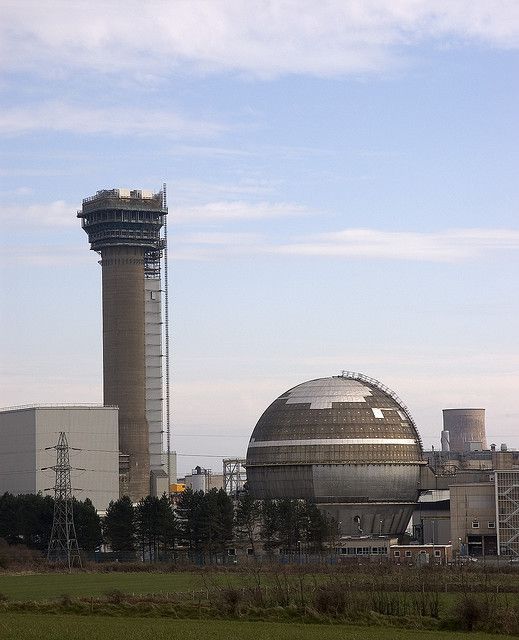-
 Creep
Creep
-
 Green flash
Green flash
-
 Permafrost
Permafrost
-
 Tabular facies
Tabular facies
-
 WUSB
WUSB
-
 Radiography
Radiography
-
 Ketoacidosis
Ketoacidosis
-
 Scrambling
Scrambling
-
 MP3
MP3
-
 Basis weight or grammage
Basis weight or grammage
-
 Pyrrolysine
Pyrrolysine
-
 Open fracture
Open fracture
-
 Bennett's comet
Bennett's comet
-
 Leukoaraiosis
Leukoaraiosis
-
 Eucrite
Eucrite
-
 Metasomatose
Metasomatose
-
 Cross-certification
Cross-certification
-
 Isotope
Isotope
-
 Landscape charter
Landscape charter
-
 I.Q.
I.Q.
-
 Communications controller
Communications controller
-
 Porosity
Porosity
-
 EEG
EEG
-
 Core sampling
Core sampling
-
 Password
Password
-
 Caudal
Caudal
-
 Abyssal zone
Abyssal zone
-
 PDA
PDA
-
 Google Earth
Google Earth
-
 Wafer
Wafer
Windscale nuclear power station fire
From 7 to 12 October 1957 a fire ravaged the nuclear reactor at Windscale in Great Britain. Radioactive iodine (131 I) was released contaminating part of the population.
This accident was classified as level 5 on the international nuclear event scale, INES, which goes from 0 to 7. In other words, it was an accident with an impact on people and the environment: serious damage to the reactor or radiological barriers and limited release.
The causes of the Windscale nuclear reactor fire
The fire started after a maintenance operation on the graphite (moderator) due to a lack of knowledge of the Wigner effect. Graphite irradiated at low temperature accumulates energy and then releases it spontaneously causing a sudden rise in temperature. Although this phenomenon had been observed and that the purpose of the maintenance operations was to avoid these sudden releases of energy, the 7 October operation went wrong.
There was too rapid a release of energy which caused the fire, and nuclear fuel cartridges burst. The fuel started to melt and fission products escaped into the cooling system.
The consequences of the disaster
The natural uranium gas cooled reactor at Windscale was cooled by air released directly into the atmosphere. Therefore a cloud of radioactive iodine contaminated the neighbourhood.
As soon as the authorities knew about the iodine 131 pollution certain produce was prohibited for consumption, especially milk. The fire went out after several unsuccessful attempts by stopping the air supply to the reactor and flooding it with water.
Several of the Windscale personnel and the local population were contaminated by radioactive iodine, which accumulated in their thyroid.
Since this accident the Windscale site has been renamed Sellafield. The technology responsible for the disaster is no longer used today.
 The former Windscale nuclear reactor being dismantled on the Sellafield site. © Tim Duckett CC by-nc-sa 2.0
The former Windscale nuclear reactor being dismantled on the Sellafield site. © Tim Duckett CC by-nc-sa 2.0
Latest
Fill out my online form.



